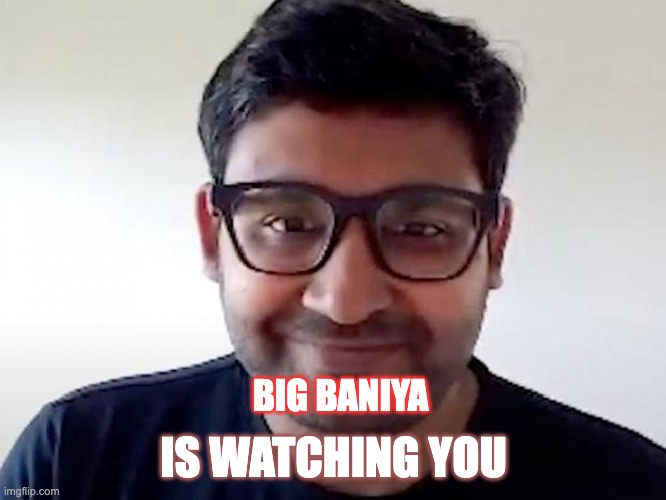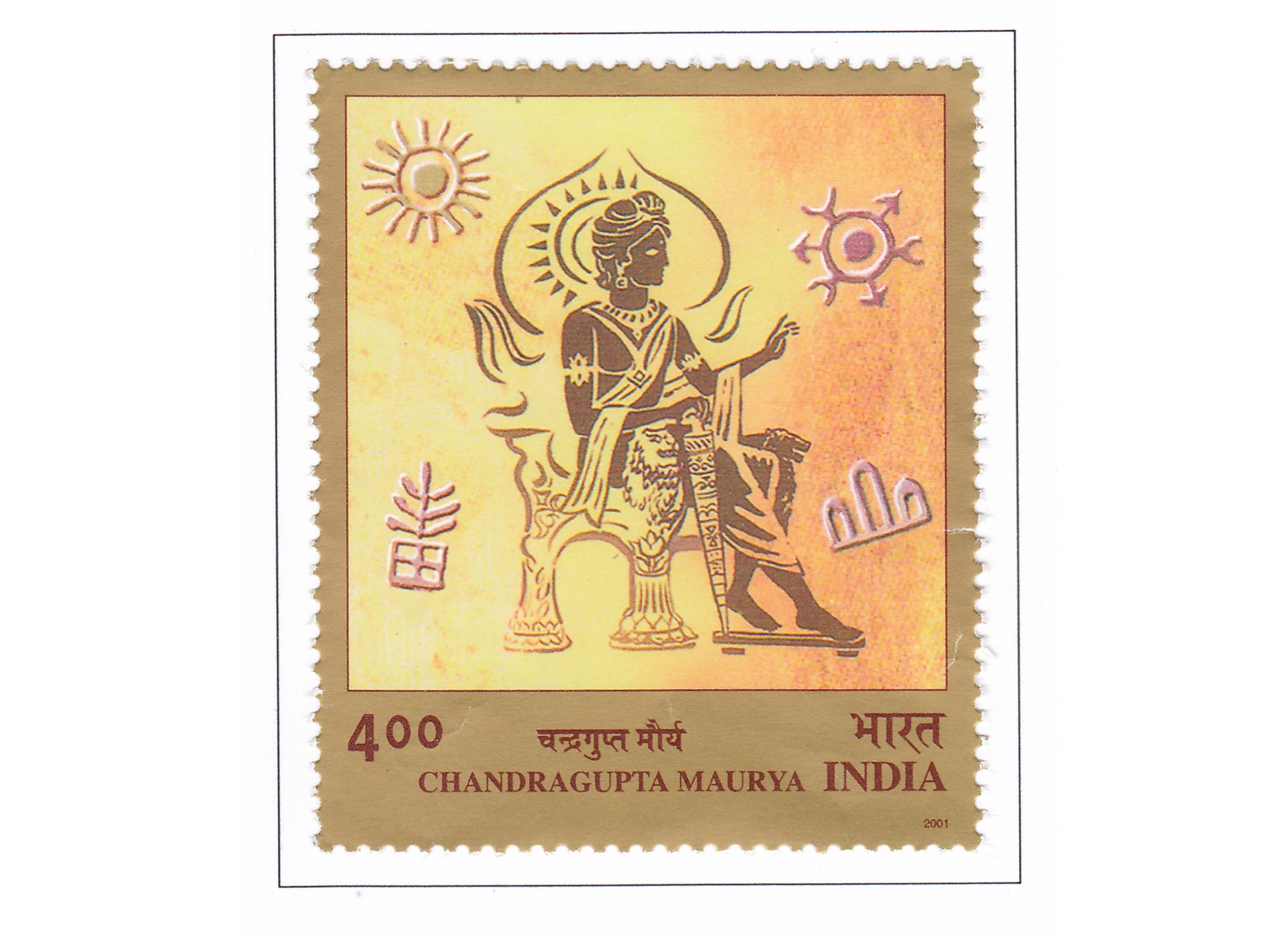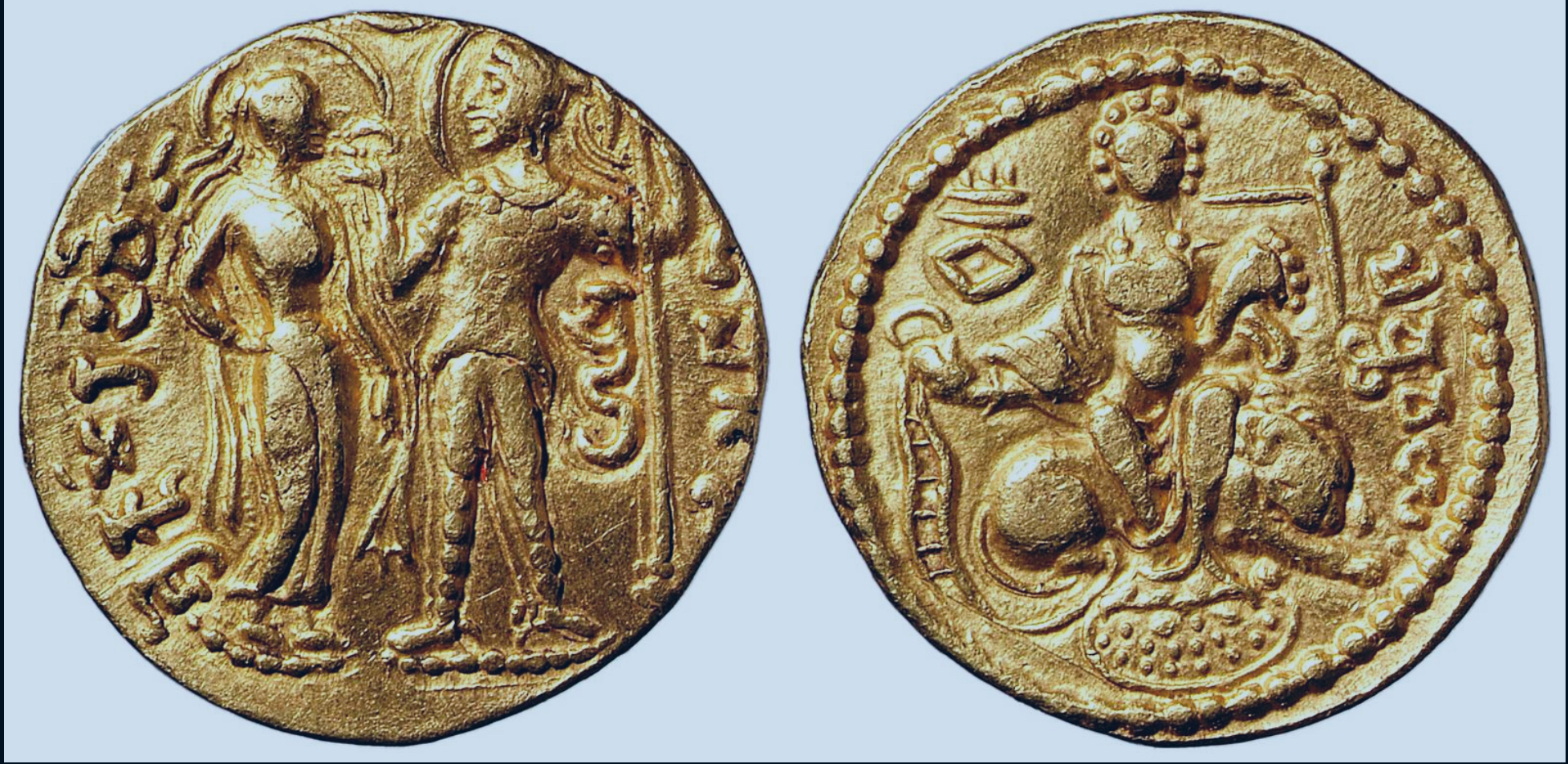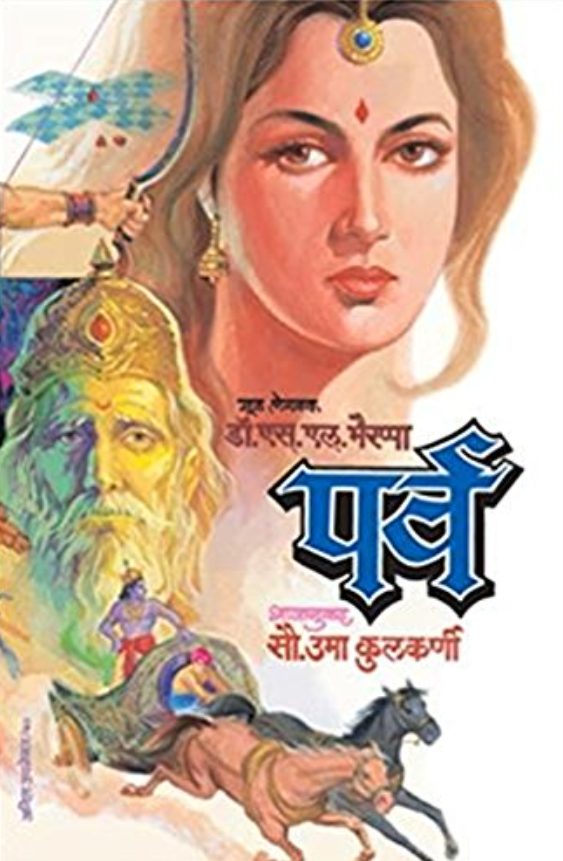
Month: November 2021
BrownCast with Rahul Pandita on Kashmir, Delhi Riots, Maoism

Another BP Podcast is up. You can listen on Libsyn, Apple, Spotify, and Stitcher (and a variety of other platforms). Probably the easiest way to keep up the podcast since we don’t have a regular schedule is to subscribe to one of the links above!
In this episode of Browncast Omar and I (Gaurav) talk to Rahul Pandita, the journalist and author. We spoke on a range of topics from Kashmir to Maoism. Rahul’s is a refreshingly insightful voice among the English speaking journalists based around Delhi – do check out his writings. His twitter bio is Rahul Pandita.
I would highly recommend his books – especially his memoir – Our Moon Has Blood Clots
Below the fold here I am posting the transcript as well. This is auto-generated and unedited, so expect to see MANY errors, but it may help you jump to whatever part interests you, or give you at least a gist of the conversation. Continue reading BrownCast with Rahul Pandita on Kashmir, Delhi Riots, Maoism
Who was Sandrocottus ?
The short answer is that he was Chandragupta. But it gets complicated when you try to find out which of the many Chandraguptas was he from ancient Indian history ?

 Gold coin of Chandragupta I with his wife Kumaradevi
Gold coin of Chandragupta I with his wife Kumaradevi
Sandrocottus of the Greek accounts was an self-made emperor who rose to power in the late 4th century BCE Ancient India. He was a contemporary of Seleucus Nicator, one of the generals of Alexander’s army who came to inherit the largest portion of his disintegrated empire, stretching from the Hindu Kush in the east to the eastern Mediterranean coast in the west.
The identity of this Sandrocottus had been the primary focus of early colonial Indology and his identification with Chandragupta Maurya eventually became the sheet anchor of ancient Indian history around which everything else has been dated.
So the identity of this Sandrocottus is of vital importance in ancient Indian history. What I wish to argue here is that there are no solid grounds to suggest that the Sandrocottus of the Greek records was Chandragupta Maurya. In fact, there is much greater evidence to suggest that this Sandrocottus was none other than Chandragupta I, founder of the Gupta Empire.
Parva: An epic masterpiece

Parva is without doubt the BEST retelling of Mahabharata I have read. I do not claim to have read all the dozen or so great retellings of the Mahabharata, but among the ones I have read and seen this one is by far the most satisfying.
The narrative of Parva is a slow buildup of first person (and limited third person) arcs leading towards the Great Bharata war. The tale begins with old Shalya Raja (the brother of Madri — the mother of Nakul Sahadeva) in Madradesh. Over the next 900+ pages we meet all the major characters barring Krishna Vasudev and Dharmaraj Yudhisthir (I wonder why). As small incidences over 2 -3 days are narrated we understand the story through Flashbacks. The book directly covers events from around 3–4 months before the war and an epilogue which occurs a few months after the war. Inspite of familiarity with the text, the narrative is unputdownable (I managed to complete the 950 page tomb in just over a week despite a very busy schedule). The marathi translation was excellent imo and the review will not focus on that (though like always i guess the Kannada text might be more powerful). The book is also available in English (along with many Indian languages)
Realism:
The book offers a refreshingly realist take at the events which manages to remain faithful to the original text while not embracing incredulity. The five Pandavas are born from 4 different fathers who are also called Devas, who reside in the cold Himalayas. Out of the 100 sons of Dhritarashtra around 86 are Suta (Bastards) while 13 are born to the blindfolded Gandhari. Nagas, Rakshasas, Gandharas are not supernatural beings, but merely skilled warrior tribes who are An-Arya. The depictions of food, violence, travel are all bang on the money.
Characters:
Bhyarappa’s Bhimasen was a revelation to me. Though his true love for Draupadi is alluded to in some other narratives, its Bhima’s lovestory with Draupadi that forms the core of the first few chapters. His clear eyed vision, which is often derided as foolish or uncouth is expressed very sympathetically.
Kunti shows us her envious side and her troubled relation with the impotent Pandu explored. The arrogant and heroic Arjun, the brave and beautiful Draupadi and the anti Hero Karna do not deviate much from their usual arcs (though Arjun is shown a bit more objectively). Dronacharya, the target of Zeitgeist (Ekalavya) is dealt a fairly sympathetic story arc.
In general, characters are given real motivations and are allowed to see the error of their ways with time. Example — Pandu starts off as a wife beating, impotent and inconsiderate prince with no redeeming qualities. Though he dies due to his lust, he has made a giant transformation through the eyes of Kunti.
Some traditionally less explored characters like Yuyudhan Satyaki gets many narratives to himself. His first narrative which sets up Krishna Vasudeva was my favorite section of the book.
Dharmaraj Yudhishthir though appears to be dealt a bit unfairly. With no POV narrative, Bhyrappa makes “Dharma”Raj the object of disdain — a confused charlatan who stands on shoulders of his brave brothers and advisers and always tries screw things up with bravado or stupidity.
Sex:
Sex and lust as strong motivations are ever present in the narrative as with the original text. Yet the sex is always in the background, the passive, never the active. Though at times, the references to sex and role of Dasi(s)(maid servants) gets a bit jarring. However the author makes the distinction between the Kshatriya attitude towards lust with those of others. Kunti who has seen how lust and unhealthy attitude towards sex can destroy marriages and lives, raises her sons to respect women in general and never indulge in sex except with the lawfully wedded wife. Only the libidinous Arjun (who ironically loses his libido before his time) ever marries someone other than Draupadi. The lust (moha) for Draupadi results in envy at Swayamwar, polyandry, disrobing, various kidnapping.
Dharma:
The author dissects the various strands of Arya Dharma with no ounce of respect. Throughout the book the author posed various smaller questions of Dharma like
Was Balram who killed his devious and petty brother in law in a fit of drunken rage right or was it wrong if he because he was in drunken rage?
Was Yuyudhan Satyaki wrong to not marry the hundreds of women rescued from the dungeons of Narkasur?
Balaram who like his more famous namesake in a monogamous relationship following Pati dharma and polygamous Krishna was following some sort of Raja-Dharma. What one person sees as lust is something which serves the greater good, but what do we know.
However the core of the book is about Niyoga. Despite the fact that both Pandu and Dhritarashtra are sons of Niyoga, Duryodhan raises doubt about secretive Niyoga that led to birth of Pandavas. Everyone from Bhisma, Shalya, Drona and even Krishna Dvaipayana are stumped by it. What lies under the argument is the classic nature/nurture argument. According to older Arya dharma Nurture trumps nature. In that framework even nurtured Karna born before Kunti married Pandu has a legitimate claim to power, whereas Sutas of Dhritarashtra don’t. In other words ironically, the womb of the Queen in a Patrilineal and deeply patriarchal worldview is more important than seed of the King. But times are changing and newer more rigid rules based on nature will come to rule the roost as alluded in the book (which seems to be the historic truth).
The chapters of Bhishma and Krishna Dvaipayam also touch the larger philosophical questions of Karma, Rebirth, and Moksha. The rudimentary beginnings of the core of the Sramana, Carvaka and other Nastika darshanas is also alluded to in those chapters. Unsurprisingly its not the DharmaRaja Yudhishthir who understands Dharma, nor is it the famed Bhishma or even the prodigal partitioner of Vedas — Veda Vyasa or Krishna Dvaipayana, but emphathetic Vasudeva Krishna.
The book works for many reasons, primarily because it rests loyally on the raw power of the original text. The narrative structure assumes the reader is well versed with the details of sequences of tale, and when every mini narrative reaches its climax, the effect is mesmerizing. The Kamsa Vadh, the death of Jarasandha, the gambling scene and many others are goosebumps invoking. The author builds on the lifetime of familiarity with the story and builds up a crescendo every now and then. The author has refreshingly stayed away from judgmental takes which would lead to disappearance of realism or adulteration. The descriptions of geography, food and violence is very graphic. The author has shied away from describing facial features which was a disappointment to me. The gory and unpalatable realities of war (Game of thronesey) — from starvation, mass rapes, tonnes of decomposing flesh and the overall futility come to the fore in at the end.
This book is going to stay with me for a long time and it is probably going to be read atleast half a dozen times. An epic Masterpiece.
Open Thread – 11/19/2021 – Brown Pundits
Modi?
Caste in America
UC Davis quietly added caste to its anti-discrimination policy. Will it cause others to do the same?
Yes, it will. American liberals will now start talking incessantly about caste. Some notes
– <1% of Indian Americans are Dalits from surveys I have seen
– 30-40% of 1.5 and 2nd gen. Indian Americans out marry racially. Most do not, in my experience, in-marry in terms of jati when they marry other Indian Americans
– 25% of Indian Americans are Brahmin, but they are not wealthier or more educated than other groups on the whole. The richest Indian Americans seem to have names like Agrawal from what I have seen in private data
David Berlinski Reviews Pankaj Mishra
I have been too busy (or wasting too much time on twitter) to write much, but I think we should promote some essays from other sites when they look interesting. Here is one I saw today: David Berlinski reviews Pankaj Mishra’s latest book of essays. You can read it in full on this link.
(my own, less erudite and much more rant-like takedown of Mishra and his brand of “tailor made for Western and Westernized Liberals” shtick can be found here) . (my own summary of Pankaj in that rant: With Pankaj, the safest bet is that he is “not even wrong”. Good for virtue signaling. Useless for any other purpose.) You can also read a review of sorts I wrote about Pankaj in 2014 that also tries to clarify where I am coming from in this topic)

A few excerpts:
PANKAJ MISHRA is an Indian journalist, novelist, and travel writer; he is widely appreciated as a scold.1 Written between 2008 and just the other day, the sixteen essays comprising Bland Fanatics were published variously in The Guardian, The London Review of Books, the New Yorker, The New York Times, and The New York Review of Books.2 Readers seeking ideological exuberance must look elsewhere. The essays are themselves unified by a common rhetorical strategy, if not a common rhetorical subject, in which Mishra reveals that he knows something that others do not. “It had long been clear to me,” he writes, “that Western ideologues during the Cold War absurdly prettified the rise of the ‘democratic’ West.”3
What I didn’t realise until I started to inhabit the knowledge ecosystems of London and New York is how evasions and suppressions had resulted, over time, in a massive store of defective knowledge about the West and the non-West alike. Simple-minded and misleading ideas and assumptions, drawn from this blinkered history, had come to shape the speeches of Western statesmen, think tank reports and newspaper editorials, while supplying fuel to countless log-rolling columnists, television pundits and terrorism experts.4
Living on hot air, logrolling columnists, like certain abstemious yogis, do not generally require fuel, although they may require logs; and a knowledge ecosystem suggests nothing so much as a child’s terrarium: wood, water, weeds, worms. Never mind. Readers will get the point. They could hardly miss it. In hanging around London and New York, Mishra encountered a good many dopes.
No doubt…
… THE ESSAYS IN Bland Fanatics, if intelligent and brisk, are also imperfectly argued and badly written. Realities are brutal, falsehoods blatant, notions reek, prejudices are entrenched, binaries pop up here and there (eager, I am sure, to escape gender confinement), crime rates skyrocket, adventurers are bumptious, history is blinkered, delusions climax, despotisms are ruthless, and, if breasts are not being bared, chests, at least, are being thumped.6 Mishra is also a writer unwilling to savor the niceties of attribution. The wonderful phrase “closing time in the garden of the West” appears three times in two essays, welcome relief from the clump of Mishra’s habitual clichés. It is due to Cyril Connolly.7 That “every document of civilization is also a document of barbarism” is due, in turn, to Walter Benjamin.8 Mishra has appropriated the phrase and its mistranslation into English.
Pankaj Mishra and His Discontents
This was an old post i wrote in 2014, still in our archive, but hard to find and not properly formatted, so I am reposting today).
Pankaj has an op-ed in the NY Times. Friend Sardul Minhas prodded me to say something about it, but I was short of time and just gave some general comments about the Pankajist worldview and it’s discontents. These comments are quick and off the cuff, so almost as superficial as Pankaj Bhayia’s op-ed, but they sort of add to my earlier longer rant about his book, and my earlier article about Pankaj and Arundhati Roy. Read them all and you will start to see what I mean (or at least, where I am coming from). Trust me 🙂
Before I go on, let me say that India hypernationalism is at least as real as Pakistani or American or Chinese hypernationalism and can be almost equally crazy. Like those hypernationalisms, it is mostly held in check by real-life constraints and need not trigger world war three, but world war three is not inconceivable. Shit happens. So I do not mean to imply that all is well and will forever remain well in the Indian subcontinent with the BJP in power (and of course anyone who says all was well before the BJP came to power must be joking). But I do think some of the doom and gloom is overdone and a lot of it is just hyperventilation that provides no good analysis as to why this phenomena has grown, what it may become, and what can be done to moderate or counter it’s possible excesses…in short, i dont think there is nothing to fear, but I do think that the Pankajist worldview is neither an adequate analysis, nor a rational prescription for it’s cure.
Pankaj seems to believe (or knows it is fashionable to believe) that the worship of strength and material progress is a serious mistake and therefore all of recent Western history (with its abundant displays of strength and material/organizational progress, however defined) was a very bad thing. But he also believes the equally fashionable meme that the weak should “stand up for their rights” and fight back and defeat the strong….since I have not seen any evidence to suggest that he has some well-developed theory of Gandhian resistance, how is this circle to be squared? Given belief A, belief B requires the acquisition of strength and at least some material/organizational progress (how else will anyone be able to overcome the amoral West?) but it so happens that the constituency of “strength and material/organizational progress” in India is one that Pankaj cannot afford to be associated with. He has little trouble with non-Indian strength-worshippers like Jamaluddin Afghani (a minor and ineffectual fascist whom he portrayed, historically inaccurately, as one of the great exemplars of Asian resistance to Western domination), but in India his home is in the liberal elite Left, and the “strength and progress” idea, while very much present in the traditional Left, is not one that the postmodern Left is comfortable with…besides, the strength part is now mostlymonopolized by the Hindutvadis, so there are problems with admiring Indian anti-Westernism and strength-worship that do not arise for Pankaj when he is talking about Muslims or Chinese who want to become strong like the West. Incidentally, Japan remains a sore spot of Pankaj; perhaps because of his initial Leftist orientation or because the rise of Japan does not fit his preferred picture of “East tries to Westernize and falls flat on face”, he completely skipped Japan when discussing his version of the rise of Asia from the ruins of Empire. Anyway, given these ideological limitations, what is to be done? His options include:
- Westernization has been and forever will be a disaster for non-Western nations. The apparent weakness of “Eastern” nations is actually strength; a sign of moral superiority, closer to nature, deeply rooted, psychologically sound, more humane etc etc. Gandhi had some such beliefs. Of course Gandhi also believed that if we stick to our (moral) strengths, we can “defeat” the apparently stronger West. But this defeat will not look like the usual victory and defeat looks in war. Valid or not, this would be a relatively consistent (and very attractive) set of beliefs. But many elements of this system are anathema for the Left (like Gandhi’s embrace of the people’s ancient religon and religious myths, his lack of interest in physical strength, and his un-Marxist view of history), so Pankaj cannot comfortably take a Gandhian position against the West (though he can say patronizing nice things about it).
- Westernization has been and forever will be a disaster for non-Western nations. They must find their own unique way forward. They have unique cultures and cultural strengths and these are embedded in their language, their culture, their myths, their religions… and they must build from these, etc. But this is what a lot of the Hindu right is saying, so it certainly cannot be Pankaj’s choice either.
- Or Pankaj can drop the whole Eurocentric post-Marxist framework and start from scratch. He might then find that “Westernization” is not so exclusively Western. A lot of it is just progress in human knowledge (always incomplete and prone to errors) and any individual or group can acquire and make use of past discoveries in human knowledge, whether they happen to have been made in Europe or Central Asia or Japan, and build on those…. that maybe the flaws we see in the West are not that foreign either, but are human characteristics, and their larger organized expressions (armies, conquests, wars, colonization, cultural and literal genocides, megalomaniacs, liars) are not really some unique and novel Western invention…. If strength and scientific progress are diseases, then we are all prone to falling victim to their allure….and so on. But that would be such a departure from the postcolonialist postmodern post-marxist universe in which Pankaj operates, its not really a choice either. What if his audience no longer buys his op-eds?
It’s a tough place to be in. Hence the confusion.
btw, he started with Naipaul, betting that his audience would have little or no clue about Naipaul’s actual views about Indian history and the rise of the BJP. I think this move shows Pankaj is not dumb and he sometimes takes risks. Those are worthy qualities 😉
Or it may mean that Naipaul’s earlier expression of admiration for Pankaj (as a literary critic) has created a soft spot. Human nature being what it is…
I initially posted these thoughts as a facebook comment and asked some questions on 3quarksdaily (where Pankaj’s article was up on the blog). One of the responses (from someone named Sundar) was as follows:
I doubt if I fit the profile of Pankaj’s intended readership, but here goes:
I think the Indian left (and Pankaj in particular) has become irrelevant. The Left parties have been decimated even in their citadel of West Bengal, where they had unleashed a reign of terror for 25 years. (If you think that is an exaggeration, you should learn more about life in Rural West Bengal). It is another matter that the TMC is continuing their tactics.
Intellectually, the left has been in shock since their utopias of Russia and China have moved on. Hence their desperate attempt to use any issue they can get their hands on: Environment, Caste etc. Their last gasp was their infiltration of the centrist Congress party via Sonia Gandhi’s unconstitutional NAC.
They are terrified that Modi has put together a workable coalition of various caste groups which aims to control parliament for the foreseeable future. They don’t know how to deal with Modi: he comes from the very groups that they claim to represent. But he represents a new kind of India, one which does not want handouts from elite controlled parties.
Whether Modi’s electoral coalition will hold in the next Lok Sabha elections, I don’t know. But if it does, the India left’s worst nightmare will come to pass: A world where they are simply irrelevant. A Bourgeois India that hasn’t heard of Pankaj Mishra and his ilk. And doesn’t care.
My answer had some more questions, which I will post here in the hope that someone will attempt some answers:
I think you are right, though out of loyalty to my youthful ideals and deference to my friends /peer group I would assign a less positive valence to this decline and fall… Anyway, follow up questions : since higher education and public intellectuals in India share (consciously and unconsciously) many of the historic assumptions, ideals, paradigms etc of the Left, what does the future hold in that area? Will they modify their beliefs and carry on? Will there be a circling of the wagons and a vicious fight with the newly powerful right, followed by an auto da fe? Will the crazier Hindutva historians replace our familiar Marxist intellectuals as most of my friends seem to fear? And will all this play any role in “real life”?
Inquiring minds want to know 🙂
Finally, a word from my better half (who has higher IQ and EQ): I must not just criticize Mishra. I must also say what he would be good at; so here goes: I think he would be an excellent literary critic if he could just give up his urge to push his (fashionable, but ultimately irrelevant) political agenda in every thing he writes. I know, “the personal is political” and all that, but comrade, that too may just be fashionable claptrap. Take a deep breath. Let go…
PS: Given the current political conflicts within India (with which I have only an outsider’s connection), it is inevitable that an attack on Pankaj will get positive responses from his supposed ideological opponents in the BJP (I say “supposed” because Pankaj actually shares their emotional antipathy towards the West and has some sympathy for their counterparts in other Asian countries, just not in India itself). Just to keep things clear, I am mostly Left-of-Center in my politics and extremely left of center on most social issues (though somewhat right of center on state intervention in social issues, whatever). I do hope a left-of-center alternative survives and thrives in Indian politics, not just because my own inclinations (mostly) lie that way but because the total dominance of any one ideology is always a problem. Best to have some balance and some competition. Finally, I do realize that all who identify as leftists are not as Eurocentric/Europhobic and confused as Pankaj.
Oh, and about the Hindutvadis, I think there are some obvious problem areas in their quest to become the leaders of resurgent and powerful India: I am saying nothing original if I say that the “Muslim question” is one of them. In my case, the concern is not that they will try to “Indianize” Islam well beyond what current Indian Muslim leaders would consider desirable… I think that is the eventual fate of Indian Islam and I see no great reason to abhor that possibility. My concern is that they will mess up the “soft landing” that is the “desirable option” in this process. i.e. I think a soft landing is possible (and desirable) but the way the BJP has evolved, they may not be the best people to achieve it. More on that some other day, but I do want to add that to me this is not a specifically “Muslim” concern. It is an Indian concern. In numbers, in solidarity, in civilizational consciousness, in cultural contribution, etc Indian Muslims are not an insignificant component of India. A “hard landing” would hurt everyone and the outcome is by no means guaranteed to be in the Hindutvadi’s favor. Softer approaches would work better for everyone, not just for the Muslims. Fascist tendencies and mob action are other obvious problems but are by no means a BJP monopoly (see West Bengal for details) but a BJP-specific (much less serious) area of concern is the large mass of pseudoscientific nonsense that has accreted around the crazier edges of the Hindutva brand. While I think the actual “real world” significance of that mass of craziness is sometimes exaggerated by liberal/Westernized/agnostic/atheist observers, it is not necessary trivial. I quote Prime Minister sahib: “We worship Lord Ganesh. There must have been some plastic surgeon at that time who got an elephant’s head on the body of a human being and began the practice of plastic surgery – See more at: http://indianexpress.com/article/india/india-others/pm-takes-leaf-from-batra-book-mahabharat-genetics-lord-ganesha-surgery/99/#sthash.mRlrMYpm.dpuf “
I really dont think modern Indian medicine will be easily derailed by such flights of fancy, but ….There. That should do it 🙂
Post-post script: Friend Shivam Vij posted Guardian’s piece about Modi making his Hindutva pseudosciency remarks and I told him its funny, but may not necessarily be too consequential. Many friends seemed to find that surprising. Why not consequential? he is saying an elephant head was transplanted on a human, literally. That’s crazy. Well, yes, it is, but if we go by that, we would lose our shit everytime some leader says he believes in the talking snake or the flying horse or whatever. The silliness is not the problem. Or at least, its not NECESSARILY a big problem. The same people who believe in flying horses and talking snakes are very rational and clever in matters closer to our own lives. So the problem is not necessarily the silliness of the belief. Its the fact that PM sahib chose to express it on such an occasion and in such a context, indicating a certain mixing of knowledge streams best left unmixed…and the implication that such hindutvadi pseudoscience may then be forced on people in real life settings, maybe even in Medical schools and in the All India Institute of Medical Sciences. Now in a democracy that is certainly a possibility and a scary one. But a reasonably competent elite can erect filters and keep the ship on near-even keel even in a democracy.
Is the Indian elite competent enough.
I guess we will find out.
South Asian ancestry in Tajikistan
Genetic continuity of Indo-Iranian speakers since the Iron Age in southern Central Asia:
To model Tajiks, all 2-ways admixture models were excluded and we obtained one 3-ways admixture model (p-value = 0.49) implying around 17% ancestry from XiongNu, almost 75% ancestry from Turkmenistan_IA, and around 8% ancestry from a South Asian individual (Indian_GreatAndaman_100BP) representing a deep ancestry in South Asia.
…
Finally, we used DATES18 206 to estimate the number of generations since the admixture events. We obtained 35±15 generations for the admixture between Turkmenistan_IA and XiongNu-like populations at the origins of the Yaghnobis, i.e. an admixture event dating back to ~1019±447 years ago considering 29 years per generation. For Tajiks (TJE, TJY, TJA) we obtained dates from ~ 546 ±138 years ago (18.8± 4.7 generations) to ~ 907 ± 617 years ago (31.2 ± 21.3 generations) for the West/East admixture. We also obtained a date of ~944 ±300 years ago for the admixture with the South Asian population.
Looks like most of the admixture from the Indian subcontinent dates to the period around 1000 AD, when the Ghaznavids were enslaving large numbers of Indians. This ancestry shows up in Afghanistan and eastern Iran.
Browncast: Ambassador Kamran Shafi on Benazir, Nawaz Sharif, Military Rule, etc
Another BP Podcast is up. You can listen on Libsyn, Apple, Spotify, and Stitcher (and a variety of other platforms). Probably the easiest way to keep up the podcast since we don’t have a regular schedule is to subscribe to one of the links above!
In this episode I (Omar) talk to Major Kamran Shafi, who served in the army, then became a columnist, served as Benazir Bhutto’s press secretary and after another long stint as a columnist, served as ambassdor to Havana, Cuba. He looks back at these years and what may lie ahead.
Pos tscript: Ambassador Shafi sent in a short voice message to add to the above. It is an episode in Benazir’s first term when she was being constantly harassed by the “establishment” and Kamran Shafi advised her to resign and go to Larkana..
